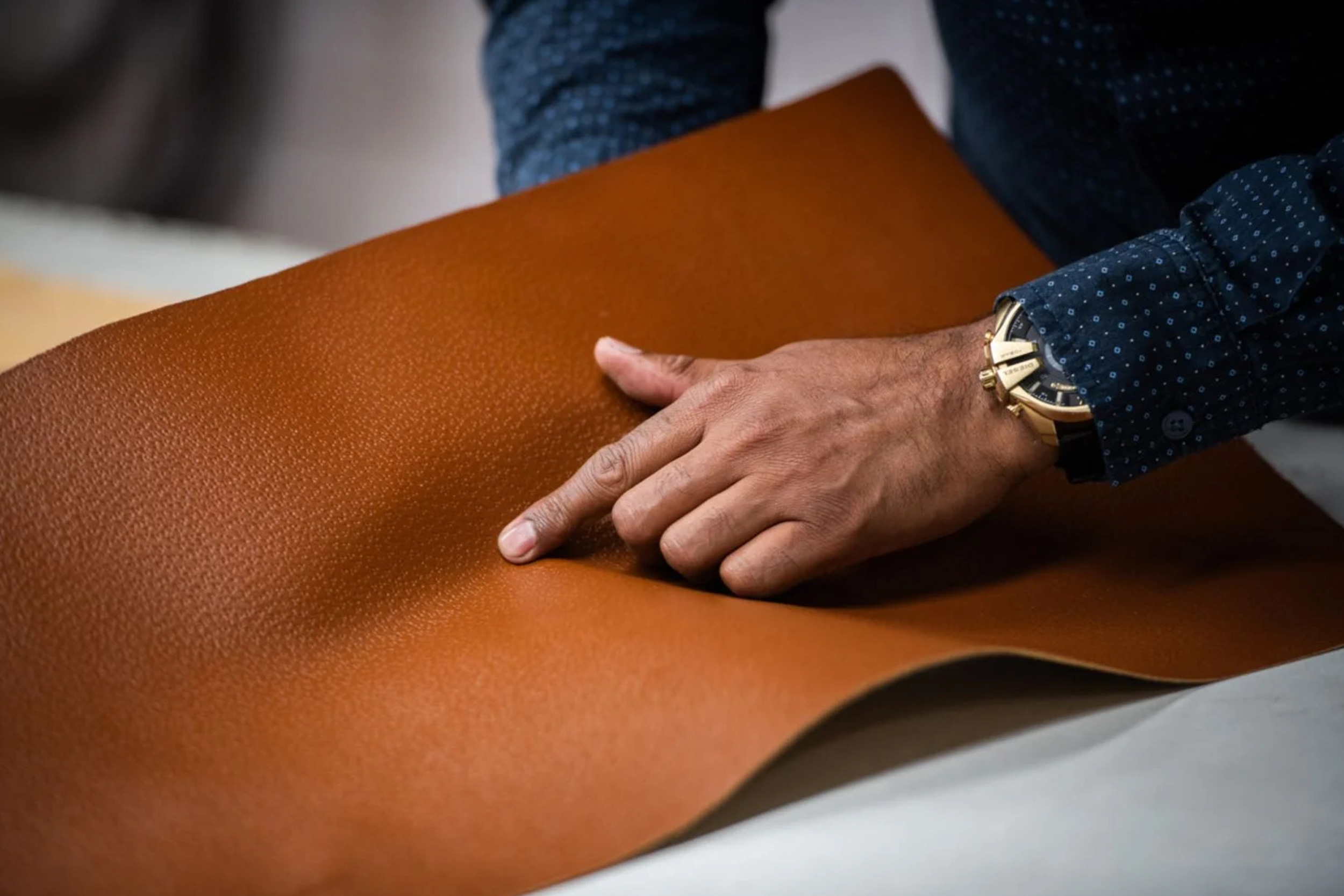Leather in the Digital Age: Virtual Fashion and Beyond

In an increasingly digital world, the concept of fashion and materiality is undergoing a paradigm shift. The future of leather intersects with technology and the virtual realm, offering unique experiences and challenges.
Virtual Leather and Digital Fashion: Virtual reality (VR) and augmented reality (AR) technologies are redefining the way we interact with fashion. Virtual leather, a digital representation of the material, can be manipulated and worn in digital environments. Digital fashion shows and platforms enable designers to showcase their creations without the need for physical samples, reducing waste and resource consumption.
Digital Sustainability and Traceability: Blockchain technology holds the potential to enhance the transparency and traceability of leather products. Consumers can verify the authenticity of leather goods, ensuring they are ethically sourced and produced. This increased transparency aligns with the values of environmentally conscious consumers.
Personalization and Customization: The fusion of leather and technology allows for unprecedented personalization and customization. With 3D printing and digital design tools, consumers can create bespoke leather goods tailored to their preferences. This trend not only reduces mass production but also fosters a deeper connection between consumers and their belongings.
Challenges and Opportunities: As leather embraces the digital age, challenges arise in terms of intellectual property, counterfeiting, and data security. Ensuring the authenticity and integrity of digital leather products will be crucial. Simultaneously, these challenges present opportunities for innovation, collaboration, and the development of new business models.
Cultural Preservation and Innovation: Despite the digital shift, there will always be a place for traditional craftsmanship. Balancing cultural preservation with technological innovation is vital to ensure that the artistry and heritage of leather-making are passed down to future generations.
The future of leather is a dynamic convergence of tradition, technology, sustainability, and creativity. By embracing innovation and leveraging digital tools, the leather industry can adapt to the demands of a rapidly changing world while honoring its rich history and cultural significance.





